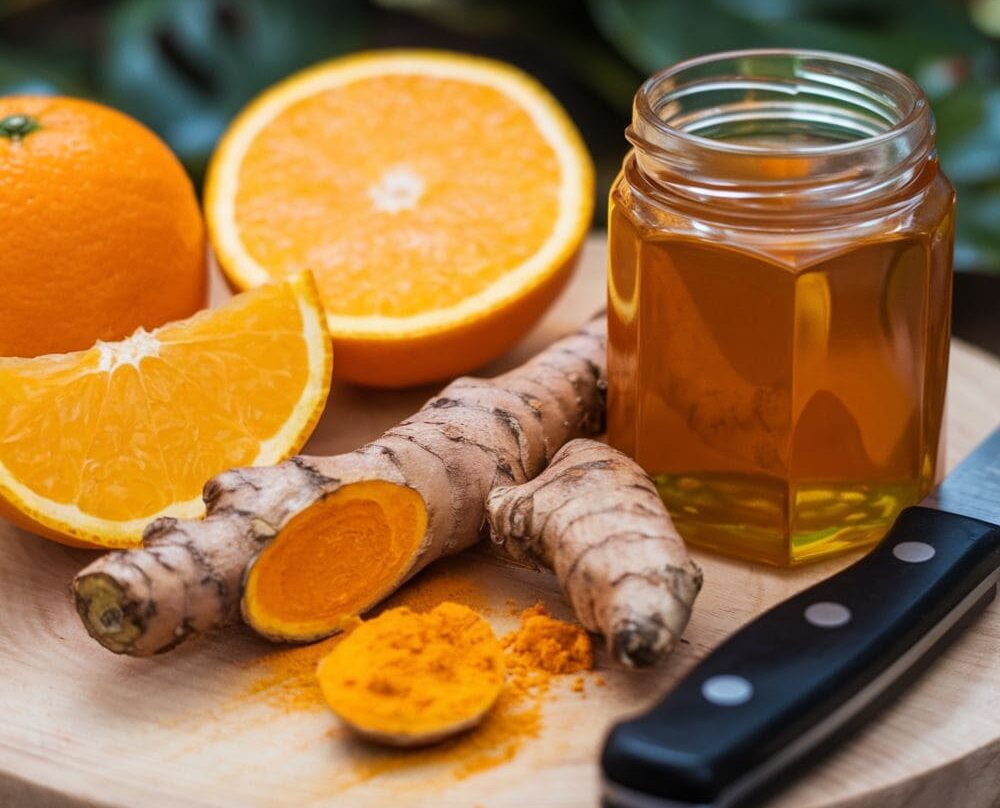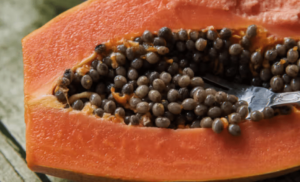This Vitamin MISTAKE is Super Unhealthy!
Are You Taking the Wrong Vitamin E? Understanding the Best Form for Your Health
Vitamin E is often misunderstood. Some studies claim it provides incredible health benefits, while others warn of its risks, including links to cancer and cardiovascular issues. So, what’s the truth? Let’s clear up the confusion and explore the best form of vitamin E for optimal health.
The Two Types of Vitamin E
In 1964, researchers discovered that vitamin E isn’t just a single compound—it consists of multiple compounds classified into two groups: Tocotrienols and Tocopherols.
Why Tocotrienols Are Superior
Tocotrienols are significantly more potent antioxidants than tocopherols. If you take only alpha-tocopherol (a common form of vitamin E), whether synthetic or natural, it can actually act as a pro-oxidant, causing more harm than good. This explains why some studies show vitamin E can be damaging while others highlight its benefits—it all depends on the form being studied.
The Benefits of Tocotrienols
1. Powerful Antioxidant & Anti-Inflammatory Properties
Tocotrienols have been shown to help prevent oxidative stress, which contributes to aging and chronic diseases.
2. Cancer-Fighting Potential
Studies suggest tocotrienols have anti-cancer properties, particularly in slowing tumor growth.
3. Supports Brain Health
These compounds protect neurons from oxidative damage, making them beneficial for neurodegenerative conditions like Alzheimer’s, Parkinson’s, and dementia.
They may also aid in stroke recovery.
4. Cardiovascular Protection
Tocotrienols help reduce oxidative LDL (bad cholesterol) and inflammation in the arteries.
In studies, tocotrienols significantly reduced atherosclerotic lesions within six months.
5. Enhances Oxygen Utilization & Recovery
Athletes and those who engage in intense physical activity can benefit from tocotrienols’ ability to improve oxygen delivery to muscles, aiding in faster recovery.
They are particularly useful for high-altitude training and reducing oxidative stress.
6. Liver & Skin Health
Tocotrienols may slow down the progression of liver fibrosis (scarring) and offer protection against radiation exposure.
They also help prevent scar tissue formation.
Tocopherols: Are They Worth Taking?
While tocopherols, particularly alpha-tocopherol, are widely available in foods like nuts, seeds, green vegetables, and olive oil, they are less potent than tocotrienols.
However, vitamin E in nature doesn’t work alone—it collaborates with vitamin C and other antioxidants. If you’re deficient in vitamin C, taking vitamin E alone may not be as effective. This is why a balanced diet is essential for maximizing its benefits.
The Best Sources of Tocotrienols
Annatto extract – One of the richest natural sources
Unrefined red palm oil – Contains a high percentage of tocotrienols
Should You Take Tocopherols and Tocotrienols Together?
Some research suggests that tocopherols and tocotrienols may compete for absorption. While the evidence isn’t conclusive, prioritizing tocotrienols may be the best approach due to their superior benefits.
Final Thoughts
If you’re considering a vitamin E supplement, look for one that contains high-quality tocotrienols rather than just alpha-tocopherol. Taking tocotrienols post-workout or during times of increased oxidative stress (e.g., high-intensity training or high-altitude exposure) can provide noticeable benefits.
Understanding the nuances of vitamin E can help you make an informed decision about what’s best for your body. Thanks for reading, and stay tuned for more insights into optimizing your health!
Share this content:











